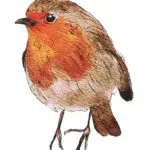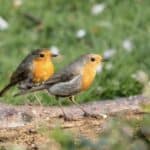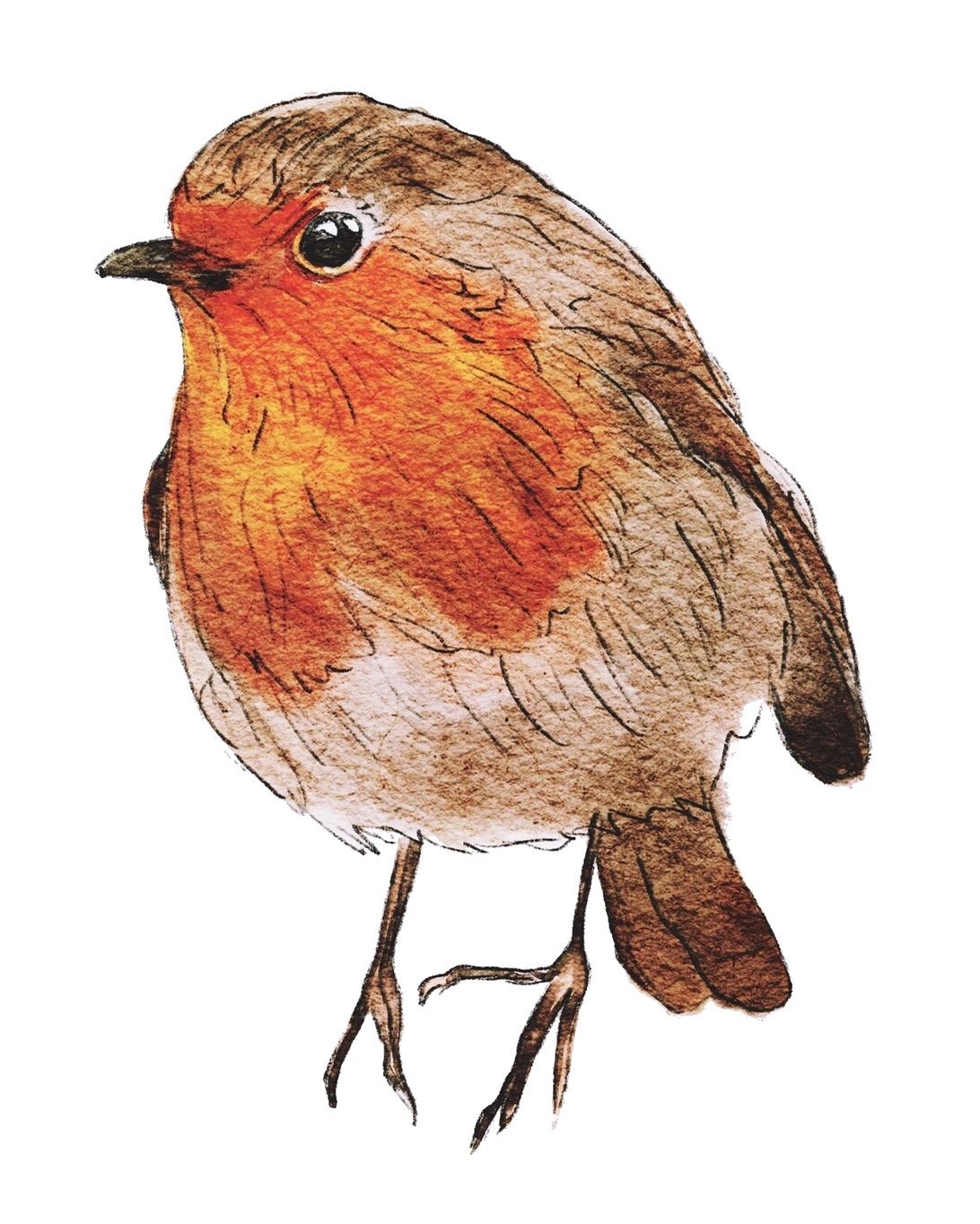The robin is a small passerine bird that is found throughout Europe and parts of Asia. These birds are easily recognisable by their distinct red chests, which are a contrast to the rest of their mostly brown plumage. But why do robins have red chests? This question has long puzzled ornithologists, and while there are several theories, the exact reason remains a mystery.
Robin: An Overview
Robin birds belongs to the genus Erithacus, which contains four other closely related species: the Japanese robin, the Ryukyu robin, the Red-flanked bluetail, and the Siberian blue robin. All of these birds share the distinctive red chest plumage, although the exact shade can vary somewhat between species. European robins are not to be confused with American robins, which are a different species.
Some of the other unique features of European robins include their orange-red faces and the fact that both male and female birds have the same plumage. These birds are also known for their melodious singing voices, which they use to attract mates and declare their territories.
Theories About Robin’s Red Chests
A robin’s red chest is not just for show. In fact, colour may play an important role in the bird’s survival. Its colour can vary from light orange to deep red. And its chest is usually brighter during the breeding season.
Here are some of the theories about why robins have red chests:
- One theory is that the red chest serves as a warning to predators. The distinct colour is thought to be a signal that the bird is poisonous or otherwise not worth eating. This theory is supported by the fact that other birds with brightly-coloured plumage are often toxic.
- Another theory posits that the red chest helps robins attract mates. The colour red is often associated with passion and romance, so the robins may use their red chests as a way to signal their interest in potential mates. Male robins with brighter red chests are more successful in mating than those with duller plumage, which supports this idea.
- A third theory suggests that the red chest provides camouflage against predators. The theory is that the red colour helps the robin blend in with the leaves of trees, making it harder for predators to spot. This theory is supported by the fact that many other birds with red plumage are also found in wooded habitats.
- Finally, some experts believe that the red chest may simply be a result of genetic mutations. Over time, certain mutations may have arisen that resulted in the development of red plumage. The fact that these little birds have a wide range of red plumage intensity supports this theory.
How the Red Chest May Help Robins Stay Warm During the Winter Months
One of the ways that the red chest may help robins stay warm during the winter months is by providing them with an additional layer of insulation. The red feathers of the robin are not as dense as those of other birds, so the extra layer of feathers helps to keep them warm. In addition, the red chest also helps to reflect heat towards the body, which helps to keep the robin warm. Finally, the red chest also helps to absorb heat from the sun, which can help to keep the robin warm on cold days.
But the exact reason remains a mystery. Further research is needed to determine the exact reason for the development of this distinctive plumage. It would be interesting to know if the red chest provides any benefits to the bird in terms of survival or reproduction. It would also be interesting to know if there are any other birds with such a striking plumage feature.
Importance of Studying the Behaviour & Appearance of These Birds
Robins are important to study because they are indicator species. This means that they can give us insights into the health of their ecosystem. For example, declines in the population of these birds may be an early warning sign of environmental problems such as habitat loss or pollution. Additionally, the bright red plumage of these birds makes them popular among birdwatchers. Therefore, studying them can also help us to better understand the ecology of these birds and their habitats.
Observing Robins
- You can try to observe these birds in their natural habitat. This will give you a chance to see them in their natural behaviours and to appreciate their beauty.
- You can try to attract robins to your yard by providing them with food and nesting materials.
Summary
In conclusion, robins are beautiful birds that are a pleasure to study for several reasons. These birds are indicator species, and their bright red plumage makes them popular among birdwatchers. While the exact reason why they have red chests remains a mystery, there are several theories about this phenomenon. Whatever the reason, it is clear that the red chest plays an important role in the lives of these birds, and further research may help us to better understand the function of this colourful plumage.
You May Also Like…
- Why Robins Sing At Night

- Why Robins Have Red Chests

- Where Do Robins Go As Night Falls

- Where Do Robins Go In Winter

- Where Do Robins Go In Summer

- What is the Difference Between European Robins & American Robins

- Do Male Or Female Robins Sing?

- Where Do Robins Actually Live

- Where Do Robins Sleep At Night In Winter









